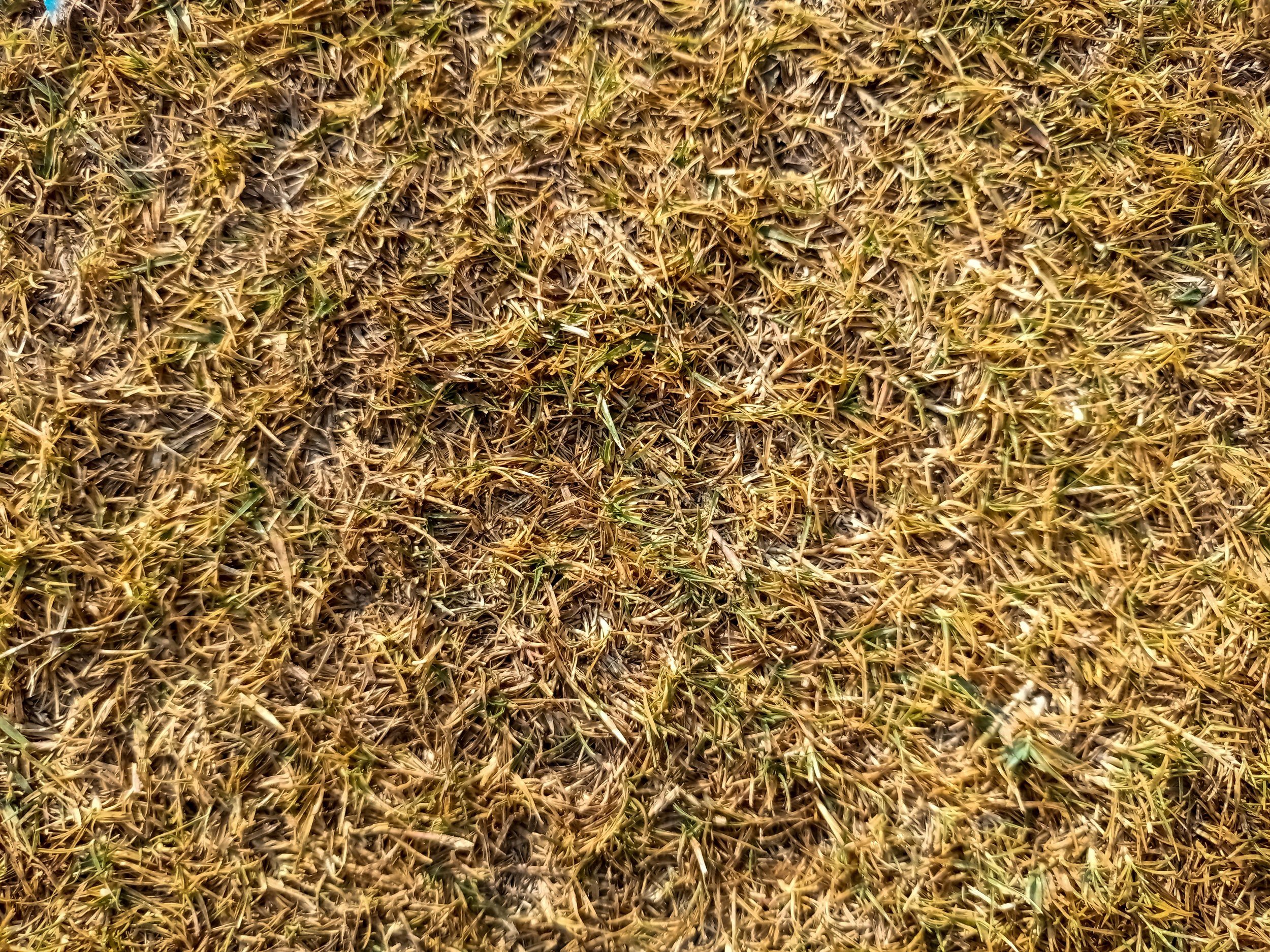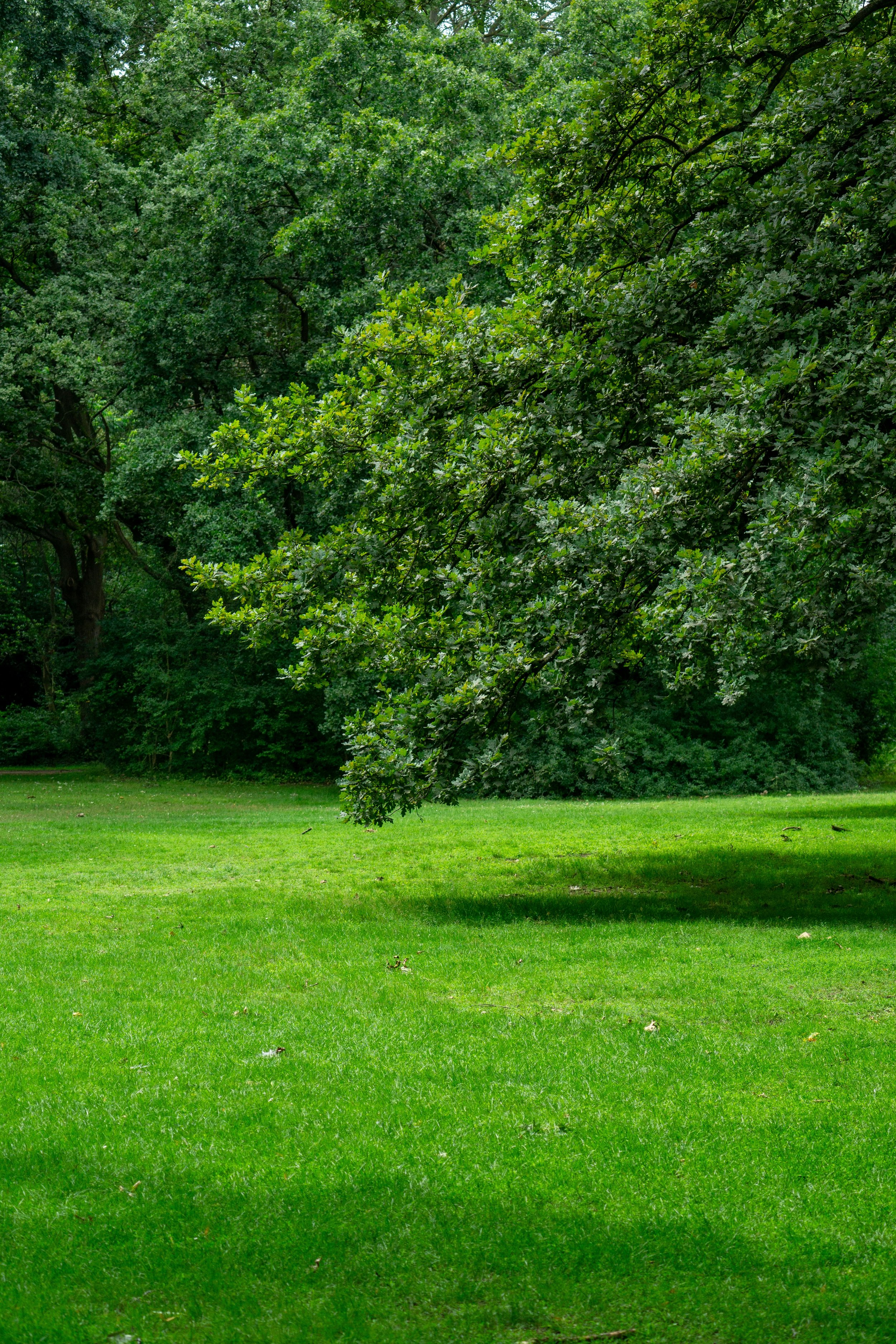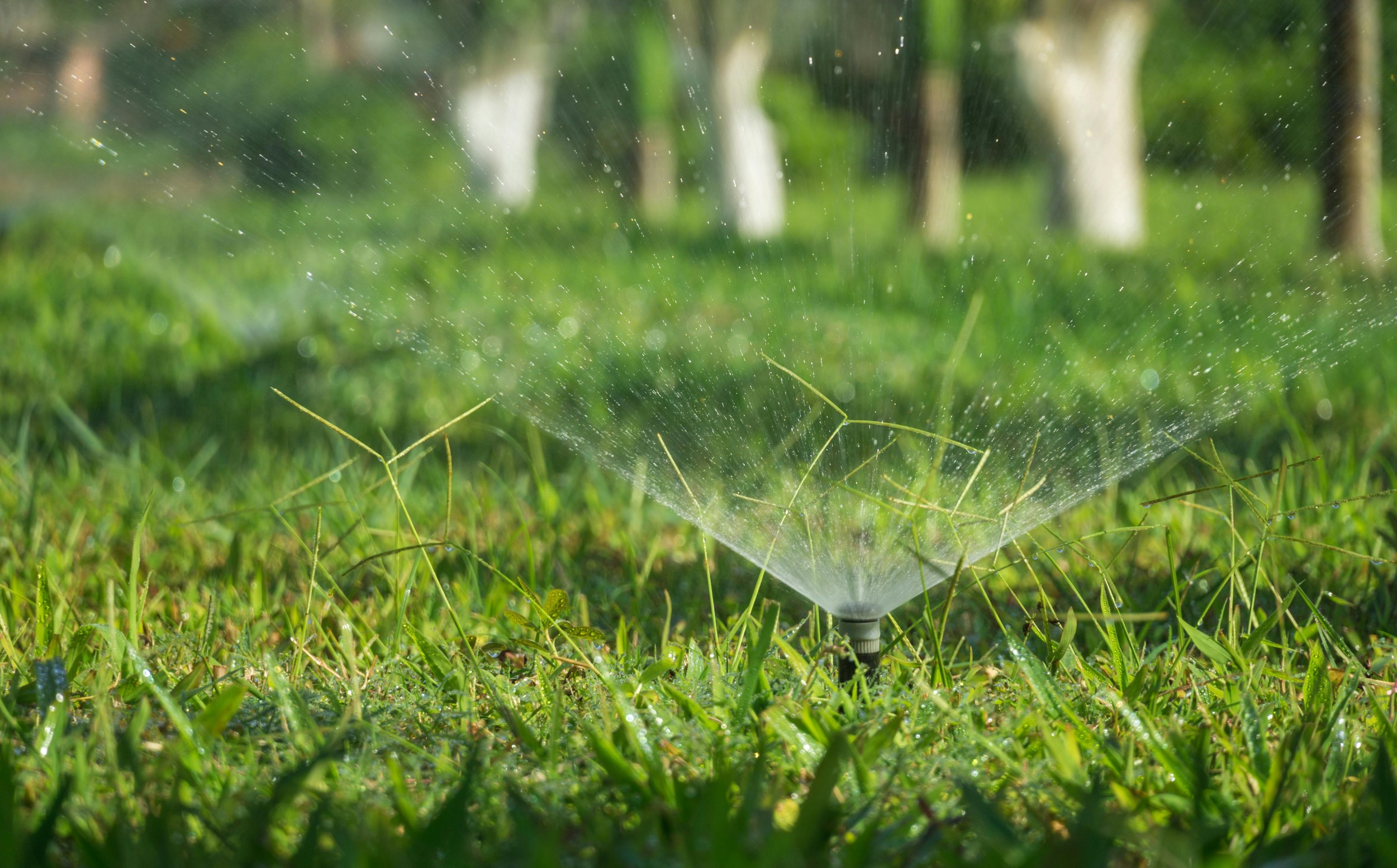How to Mow Your Lawn: Step-by-Step Guide
Struggling with an unruly lawn? Discover our comprehensive step-by-step guide on how to mow your lawn effectively. Achieve a lush, healthy yard with these easy tips!
There's nothing quite like stepping out onto a freshly mowed lawn—everything looks tidy, smells fresh, and the grass feels just right under your feet. But if you've ever found yourself wrestling with a stubborn mower or unsure about the best mowing techniques, you're not alone. How to Mow Your Lawn: Step-by-Step Guide is here to transform your mowing experience from frustrating to fabulous. Whether you're a seasoned green thumb or a lawn care newbie, this guide will walk you through everything you need to know to achieve that perfect cut every time. Let’s dive in and get your lawn looking its best!
Why Proper Lawn Mowing Matters
Healthier Grass
Mowing your lawn correctly isn't just about aesthetics; it's crucial for the health of your grass.
Encourages Growth: Regular mowing stimulates the grass to grow thicker and stronger.
Prevents Weeds: Cutting the grass at the right height can choke out weeds by denying them sunlight.
Reduces Disease: Proper mowing practices help prevent diseases by reducing moisture buildup and improving air circulation.
Enhanced Curb Appeal
A well-mowed lawn instantly boosts your home's curb appeal, making your property look well-maintained and inviting.
First Impressions: A neat lawn creates a positive first impression for guests and potential buyers.
Neighborhood Standards: Keeping your lawn in top shape can help maintain or even increase your property’s value.
Safety and Comfort
A well-maintained lawn can also contribute to the safety and comfort of your outdoor space.
Clear Pathways: Regular mowing ensures that pathways are clear and safe to walk on.
Comfortable Outdoor Activities: A tidy lawn provides a pleasant environment for outdoor activities like picnics, sports, and relaxation.
Tools You’ll Need
Before you start, make sure you have all the necessary tools and equipment. Being prepared makes the mowing process smoother and more efficient.
Essential Tools:
Lawn Mower: Choose between a push mower, self-propelled mower, or riding mower based on your lawn size.
String Trimmer: For edging and trimming areas your mower can’t reach.
Rake: To collect clippings and debris.
Leaf Blower: To clean up after mowing.
Protective Gear: Safety glasses, gloves, and sturdy shoes to protect yourself.
Optional Tools:
Lawn Mower Oil and Fuel: For maintenance of your mower.
Mower Bag or Mulching Kit: Depending on whether you want to collect clippings or mulch them back into the lawn.
Garden Hose or Sprinkler: To water the lawn if needed before mowing.
How to Mow Your Lawn: Step-by-Step Guide
Step 1: Prepare Your Lawn
Start by getting your lawn ready for mowing. This preparation ensures a clean and effective mow.
Remove Debris: Pick up sticks, rocks, toys, and any other debris that could damage your mower or become a safety hazard.
Check the Grass Length: Avoid mowing wet grass as it can clog the mower and lead to uneven cuts.
Adjust the Mower Height: Set your mower to the appropriate height for your grass type. Generally, cutting no more than one-third of the grass blade helps maintain lawn health.
Step 2: Mowing Technique
Proper mowing technique is key to achieving a neat and healthy lawn.
Start with the Perimeter: Begin by mowing around the edges of your lawn. This approach ensures that you can make clean, straight lines and handle corners more easily.
Mow in Straight Lines: Move the mower in straight lines back and forth across your lawn. This pattern helps avoid missed spots and ensures even cutting.
Overlap Each Pass: Slightly overlap each mowing pass to prevent streaks and ensure all grass is cut uniformly.
Change Direction Regularly: Vary your mowing pattern each time you mow. This practice prevents the grass from developing a grain and encourages upright growth.
Step 3: Edge and Trim
After the main mowing, focus on edges and tight spots for a polished look.
Use a String Trimmer: Trim around fences, trees, and garden beds where the mower can't reach.
Edge Along Walkways: Create clean, defined edges along walkways, driveways, and patios using an edger or string trimmer.
Handle Tight Corners: For tight corners, manually snip the grass with scissors or use a specialized edging tool.
Step 4: Collect or Mulch Clippings
Decide whether you want to collect the grass clippings or mulch them back into the lawn.
Collecting Clippings: Use a mower with a bag attachment to collect clippings, which can then be composted or disposed of.
Mulching Clippings: If your mower has a mulching feature, let the clippings fall back onto the lawn. This method recycles nutrients and helps retain moisture.
Step 5: Clean Up
Finish your mowing session with a thorough clean-up to keep your equipment in good shape and your lawn tidy.
Rake Up Clippings: Use a rake to gather any remaining clippings and debris.
Use a Leaf Blower: Blow away any leftover grass from hard surfaces like patios and walkways.
Clean the Mower: Remove any grass buildup from the mower deck to prevent rust and ensure smooth operation for next time.
Tips for a Perfect Mow
1. Mow When the Grass is Dry
Mowing dry grass prevents clippings from clumping and ensures a cleaner cut. Wet grass can clog the mower and leave your lawn looking uneven.
2. Sharpen Mower Blades Regularly
Sharp blades make cleaner cuts, which are healthier for your grass. Dull blades can tear the grass, leading to brown edges and susceptibility to disease.
How to Sharpen Blades:
Remove the blade from the mower.
Use a file or grinder to sharpen the edges.
Reattach the blade securely before mowing again.
3. Maintain Proper Mower Height
Different grass types require different mowing heights. Adjust your mower to the recommended height for your specific grass to promote healthy growth.
Cool-Season Grasses: Typically mowed to 2.5 to 3.5 inches.
Warm-Season Grasses: Generally mowed to 1.5 to 2.5 inches.
4. Water Your Lawn Appropriately
Watering your lawn before mowing can make the grass easier to cut, especially in hot, dry climates. However, avoid mowing immediately after watering as wet grass can clog the mower.
5. Fertilize and Aerate Your Lawn Regularly
Regular fertilization and aeration keep your lawn healthy and promote robust growth. Healthy grass is more resilient and less prone to pests and diseases.
Fertilizing: Apply a balanced fertilizer in the spring and fall for optimal growth.
Aerating: Aerate your lawn once or twice a year to reduce soil compaction and improve water and nutrient absorption.
Common Mistakes to Avoid
1. Cutting Too Much at Once
Mowing too short can stress your grass, making it more susceptible to weeds, pests, and diseases. Stick to the one-third rule to maintain lawn health.
2. Neglecting Regular Mowing
Allowing your grass to grow too long can make mowing more difficult and lead to an uneven cut. Establish a regular mowing schedule based on your grass type and growth rate.
3. Using a Dirty Mower
A mower covered in grass clippings can reduce its efficiency and potentially damage the blades. Regularly clean your mower to keep it running smoothly.
4. Ignoring Lawn Health
If your lawn is struggling with pests, diseases, or poor soil quality, mowing alone won’t solve the problem. Address underlying issues to ensure a healthy, thriving lawn.
How to Mow Your Lawn: Step-by-Step Guide
Understanding the Benefits
Mastering How to Mow Your Lawn: Step-by-Step Guide not only enhances the appearance of your yard but also contributes to its overall health and longevity. A well-mowed lawn is more resistant to weeds, pests, and diseases, and it provides a beautiful, welcoming space for outdoor activities.
When to Mow
Seasonal Timing: Mow more frequently during the growing season (spring and summer) and reduce frequency in fall and winter.
Grass Growth Rate: Adjust your mowing schedule based on how quickly your grass grows, which can vary depending on the season and weather conditions.
Mowing Patterns for Best Results
Experimenting with different mowing patterns can improve the appearance and health of your lawn.
Straight Lines: Traditional and simple, great for rectangular or square lawns.
Circular Patterns: Add visual interest and prevent grass from developing a grain.
Diagonal Mowing: Helps achieve a more uniform and attractive appearance.
Eco-Friendly Mowing Practices
Adopting eco-friendly mowing practices can benefit both your lawn and the environment.
Leave Clippings: Mulching clippings return nutrients to the soil, reducing the need for additional fertilizers.
Electric Mowers: Consider using electric or battery-powered mowers to reduce emissions and noise pollution.
Proper Disposal: If collecting clippings, compost them to create rich, organic matter for your garden.
Conclusion
Mastering How to Mow Your Lawn: Step-by-Step Guide can transform your mowing routine from a mundane chore to a satisfying activity that enhances the beauty and health of your yard. By understanding the importance of proper mowing techniques, maintaining your equipment, and adopting regular maintenance practices, you can enjoy a lush, green lawn that’s the envy of your neighborhood. Whether you're aiming for a neat, manicured look or striving to cultivate a thriving, healthy lawn, these simple solutions will help you achieve your goals with ease. So, grab your mower, follow our guide, and watch your lawn flourish like never before. Happy mowing!
Read next: How to Revive a Dead Lawn: Step-by-Step Guide
Frequently Asked Questions
1. How often should I mow my lawn?
Generally, you should mow your lawn once a week during the growing season. However, the frequency can vary based on your grass type and growth rate. Taller grasses may require more frequent mowing to prevent them from getting too long and tough to cut.
2. What’s the best time of day to mow my lawn?
Mow your lawn in the early morning or late afternoon when the grass is dry and temperatures are cooler. Avoid mowing during the hottest part of the day to prevent stress on the grass.
3. How high should I set my mower for different grass types?
Cool-Season Grasses: Set your mower to 2.5 to 3.5 inches.
Warm-Season Grasses: Set your mower to 1.5 to 2.5 inches. Adjust based on specific grass requirements and environmental conditions.
4. Can I use a weed eater instead of a lawn mower?
A weed eater is great for trimming and edging but isn’t a substitute for a lawn mower when it comes to mowing large areas. Use it in conjunction with mowing to achieve a clean, polished look.
5. How do I maintain my lawn mower for optimal performance?
Regular maintenance includes:
Sharpening Blades: Sharpen or replace blades at least once a season.
Cleaning the Deck: Remove grass clippings and debris after each use.
Checking Oil and Fuel: Regularly check and replace oil and fuel as needed.
Inspecting Parts: Ensure all parts are in good condition and functioning properly.








